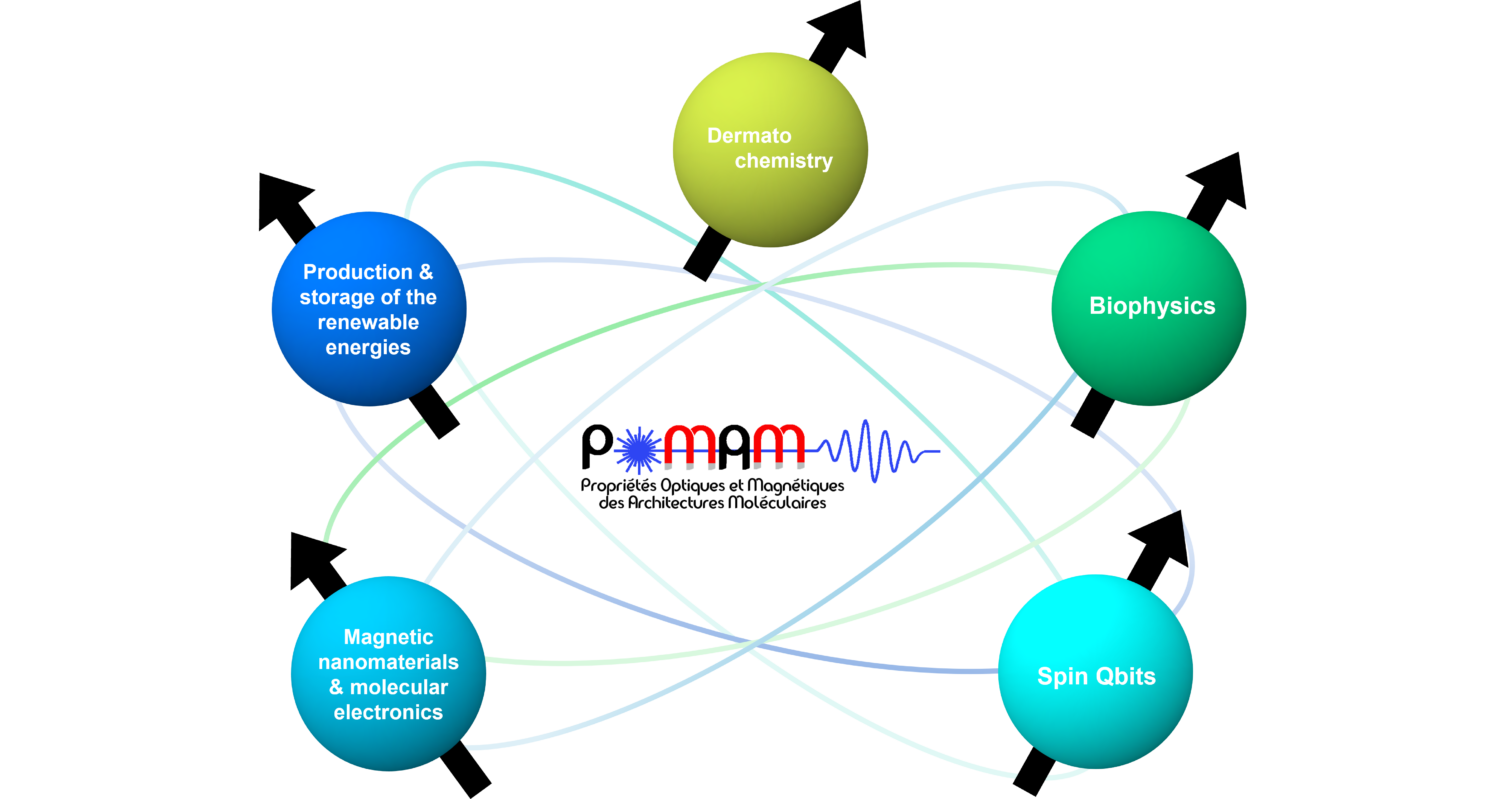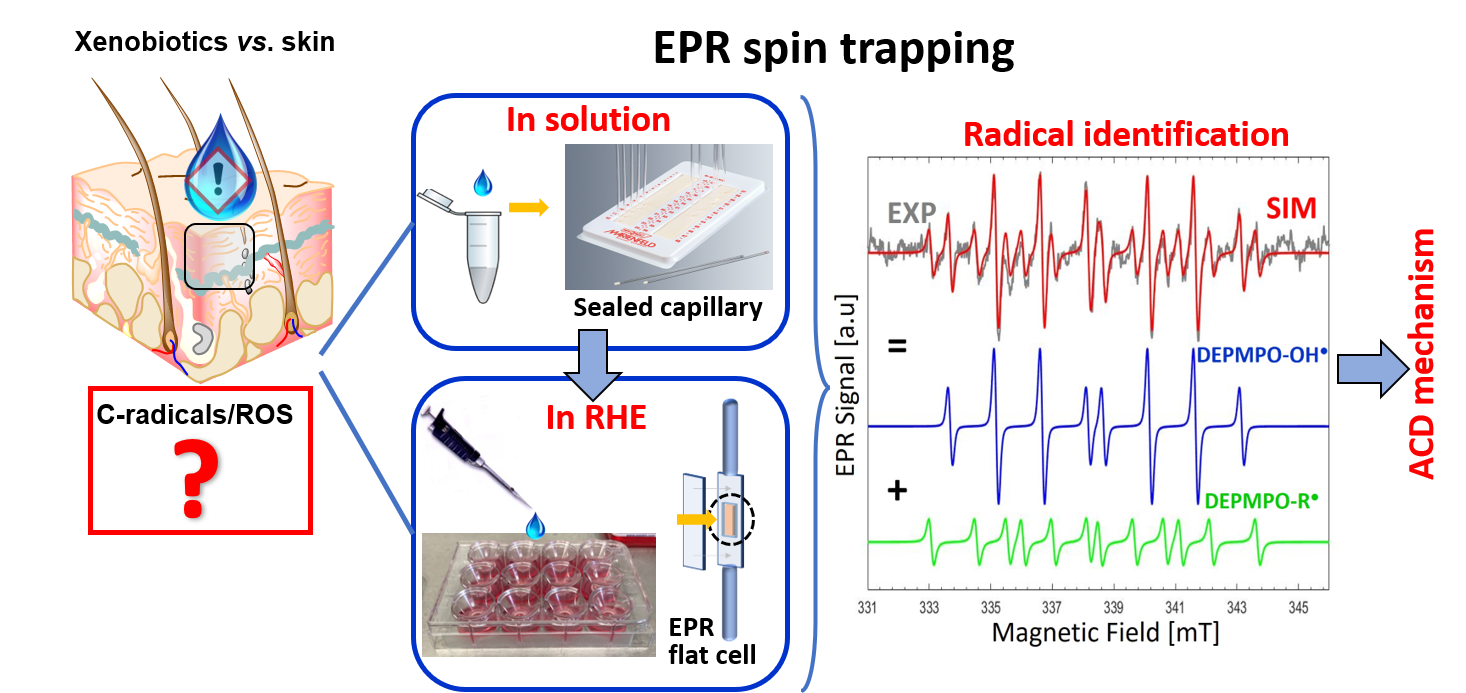Electron paramagnetic resonance and spin trapping to detectfree radicals from allergenic hydroperoxides in contact withthe skin: From the molecule to the tissue
Vileno B., Port-Lougarre Y. and Giménez-Arnau E.
Abstract :
A major research topic consists of revealing the contribution of radical-mediatedreactions in dermatological diseases related to xenobiotic-induced stress to succeedrisk-assessment procedures protecting producers and consumers. Allergic contactdermatitis is the clinically relevant consequence of skin sensitization, one of the mostcritical occupational and environmental health issues related to xenobiotics exposure.The first key event identified for the skin sensitization process to a chemical is itsaptitude to react with epidermal proteins and form antigenic structures that will fur-ther trigger the immune response. Many chemical sensitizers are suspected to reactthrough mechanisms involving radical intermediates. This review focuses on therecent progress we have accomplished over the last few years studying radical inter-mediates derived from skin-sensitizing chemicals by electron paramagnetic resonancein combination with the spin-trapping technique. Our work is carried out“from themolecule”, performing studies in solution,“to the tissue”, by the development of amethodology on a reconstructed human epidermis model, very close in terms of his-tology and metabolic/enzymatic activity to real human epidermis, that can be used assuitable biological tissue model. The benefits are to test chemicals under conditionsclose to human use and real-life sensitization exposures and benefit from the three-dimensional (3D) microenvironment.

